Definition
YOU known that the AC Automatic Voltage Regulator (AVR) is composed of servo motor, contact self-coupled voltage regulator, automatic control circuit and other components. It is a popular type that uses a servo motor to drive a carbon brush to change the voltage regulator coil turns ratio to complete the voltage regulation function. When the grid voltage is unstable or the load power changes, the automatic control circuit drives the servo motor according to the change in output voltage, adjusts the position of the carbon brush on the contact auto-coupler regulator, and adjusts the output voltage to the rated value to achieve automatic voltage regulation. . It has the advantages of wide voltage range, high precision, undistorted output waveform and high efficiency, and can adapt to various loads.

Applications
Take the advantages of safety, environmental protection, energy saving and low carbon, the AC Automatic Voltage Regulator (AVR) is wildly used in the voltage stabilization of electrical equipment such as computers and their peripheral locations, medical electronic instruments, communication and broadcasting equipment, air conditioners, industrial production lines, etc.

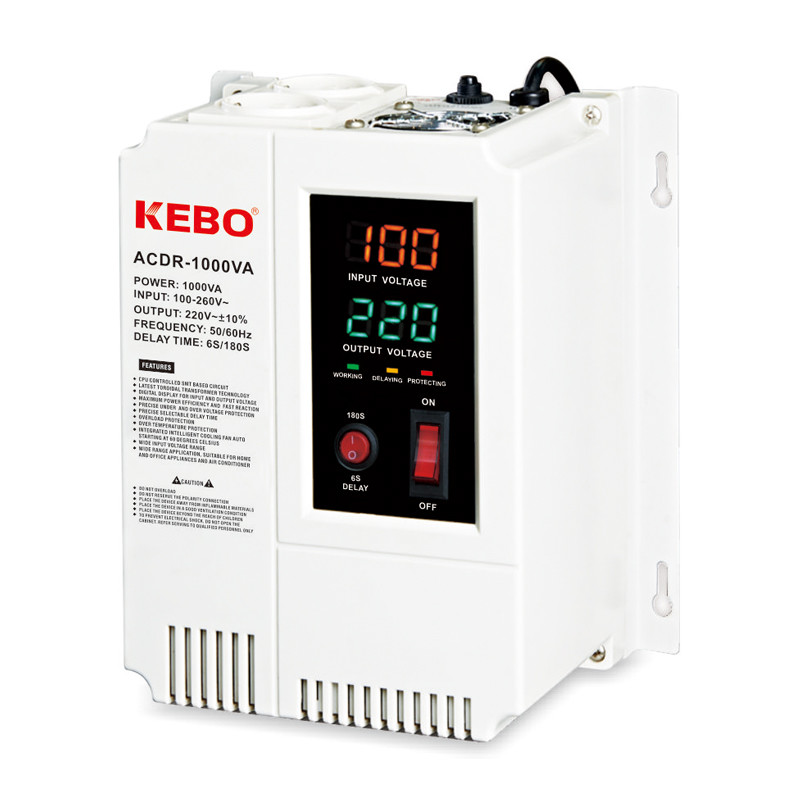
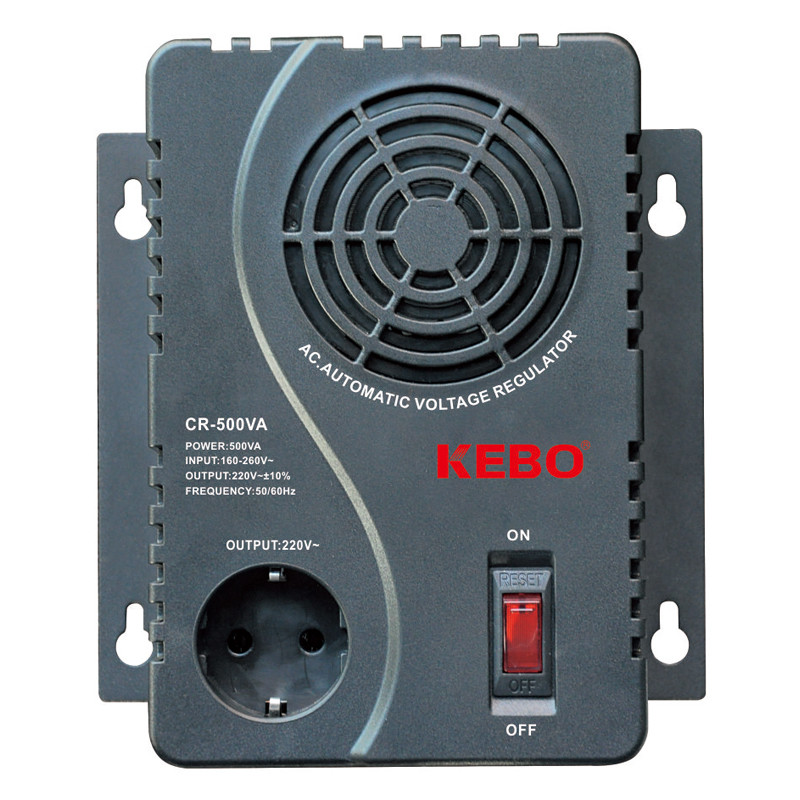
Most importantly, the AC Automatic Voltage Regulator (AVR) is also widely used in the voltage stabilization and protection of many kinds of household appliances. Especially for some external power supply, they are generally sealed, then the heat dissipation effect must not be very good. Long-term working asks it to be replaced to support the normal operation.
More information about household use AVR
Socket Type 110V/120V Voltage Regulator PS-600/800/1200 for South America
LED Display Automatic Voltage Regulator PR series with 4 Output Sockets
Popular Home Voltage Regulator Socket Type SR Series 500VA/1000VA/1500VA/2000VA
High Performance Relay Stabilizer RPR-500/1000VA with Output Voltage 220V/230V/240V
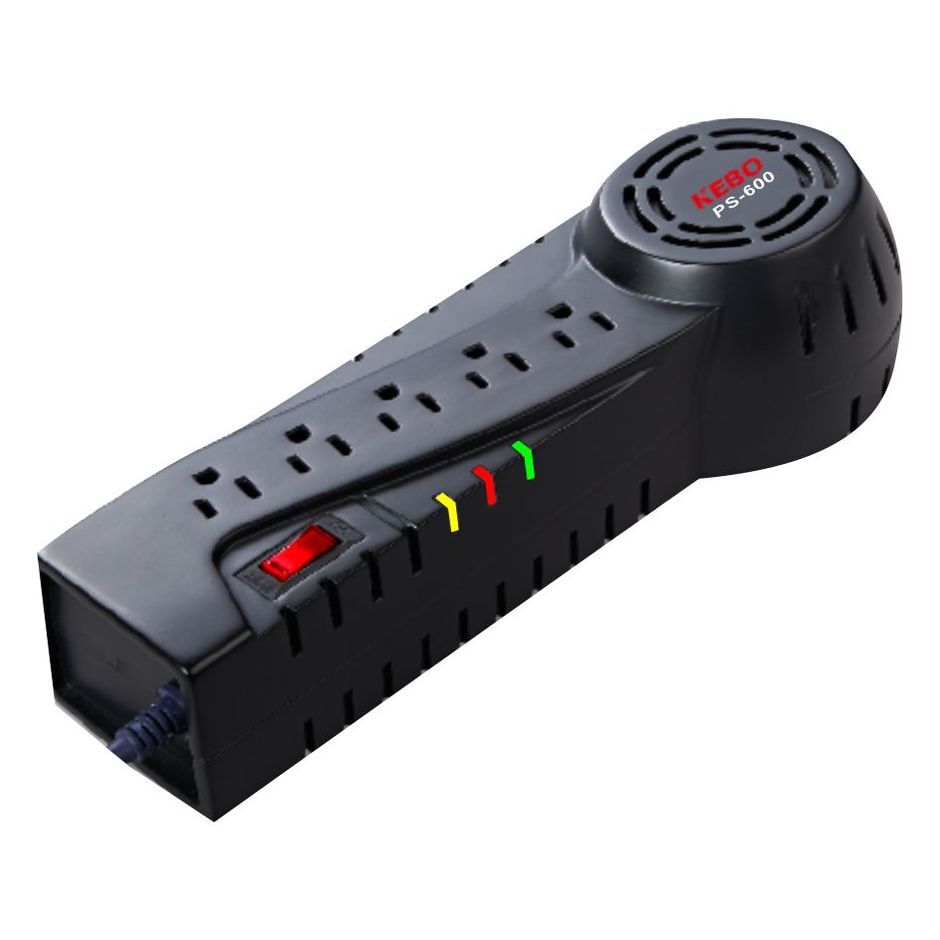
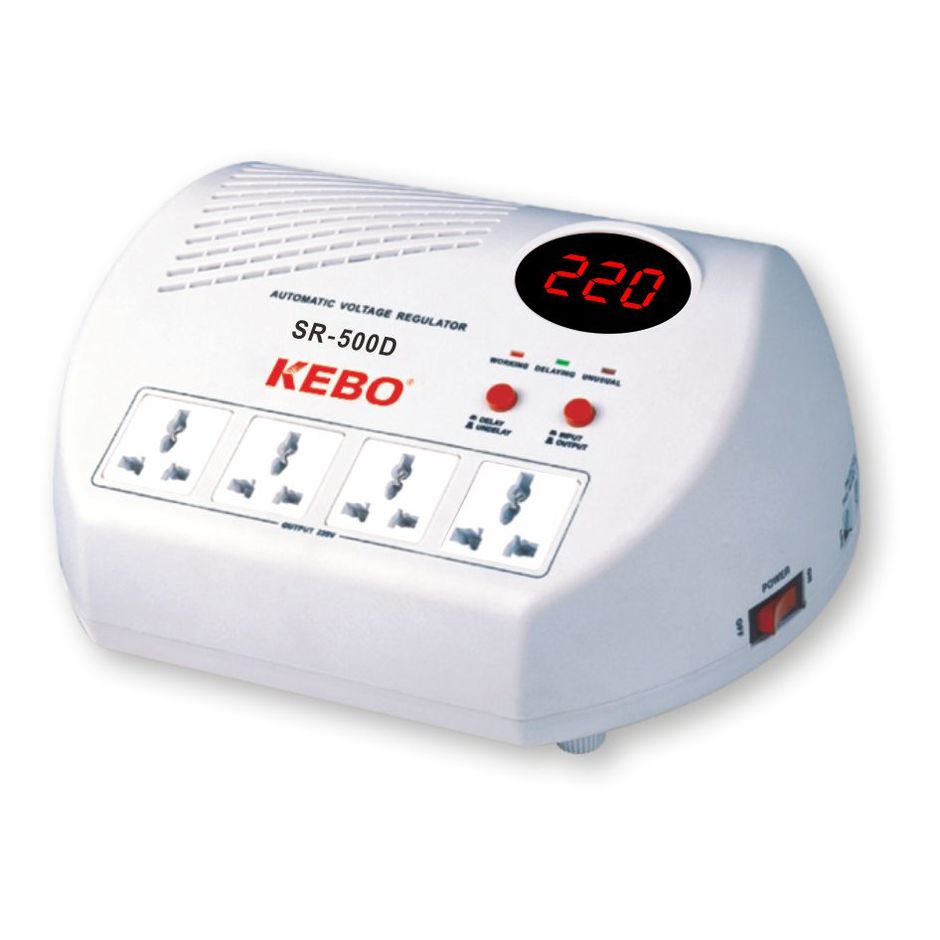
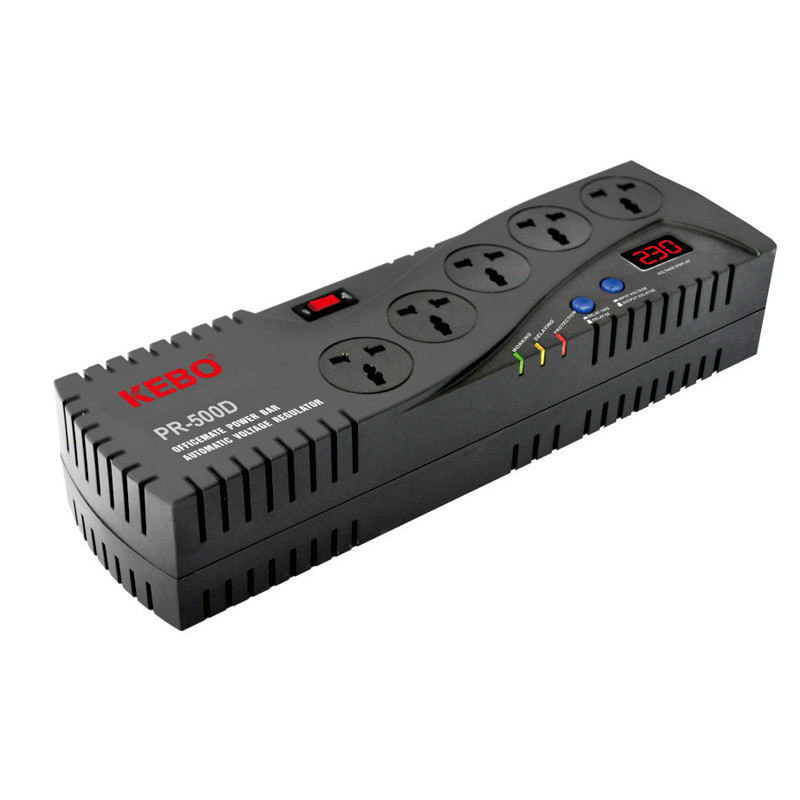
Questions & Daily Tips
Many people think that the AC Automatic Voltage Regulator (AVR) is a large motor-consuming device. In fact, the voltage regulator will not waste much power. Of course, it is also an electrical product. It has a little energy consumption. If it is used for a long time, it may increase about 0.1-0.3Kwh in one day.
Conclusions
The AC Automatic Voltage Regulator (AVR) requires electricity, but low power consumption. The first thing that needs to be clear is that the voltage regulator is also an electrical appliance. Since it is an electronic product, it must also consume power. As for the consumption, the key depends on the type of regulator that the consumer chooses.
The current power consumption of several AC Automatic Voltage Regulators (AVR) on the market is generally very low. Generally no more than 1% under no-load conditions, and in the load situation is not more than 3-5%. The greater the power, the higher the efficiency of the full load. However, inductive and oil-immersed regulators have larger losses. Therefore, whether the voltage regulator consumes electricity or not, it depends on the specific brand model, but generally speaking, the regulator is a low-power product.
In Kebo website, we can provide you there types of AC Automatic Voltage Regulators (AVR), including Relay Type AVR, Servo Motor Type AVR and 3-Phase Stabilizer. All of these products will provide you the low power consumption using experience. Find more power solution via Kebo.
Copyright © 2025 ZHONGSHAN DIANXING ELECTRICAL APPLIANCE INDUSTRY CO. LTD (CHINA) | All Rights Reserved
Hello, please leave your name and email here before chat online so that we won't miss your message and contact you smoothly.